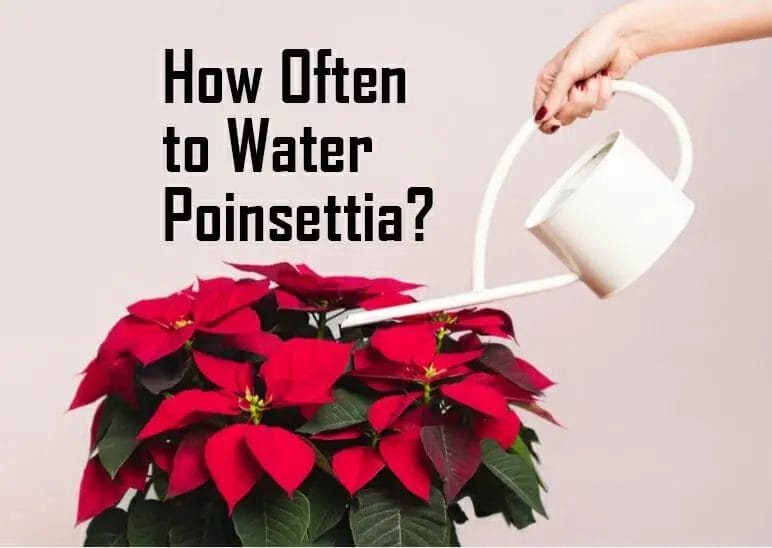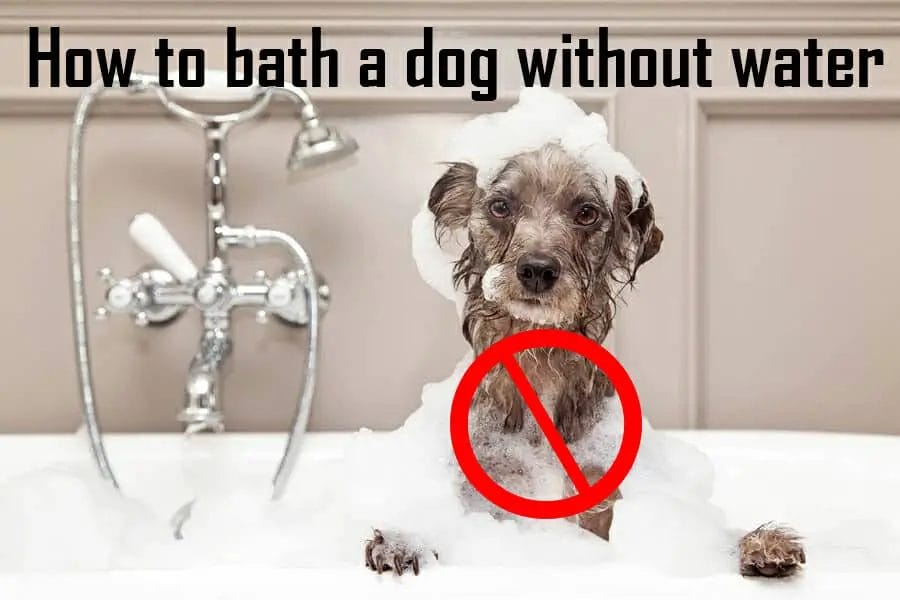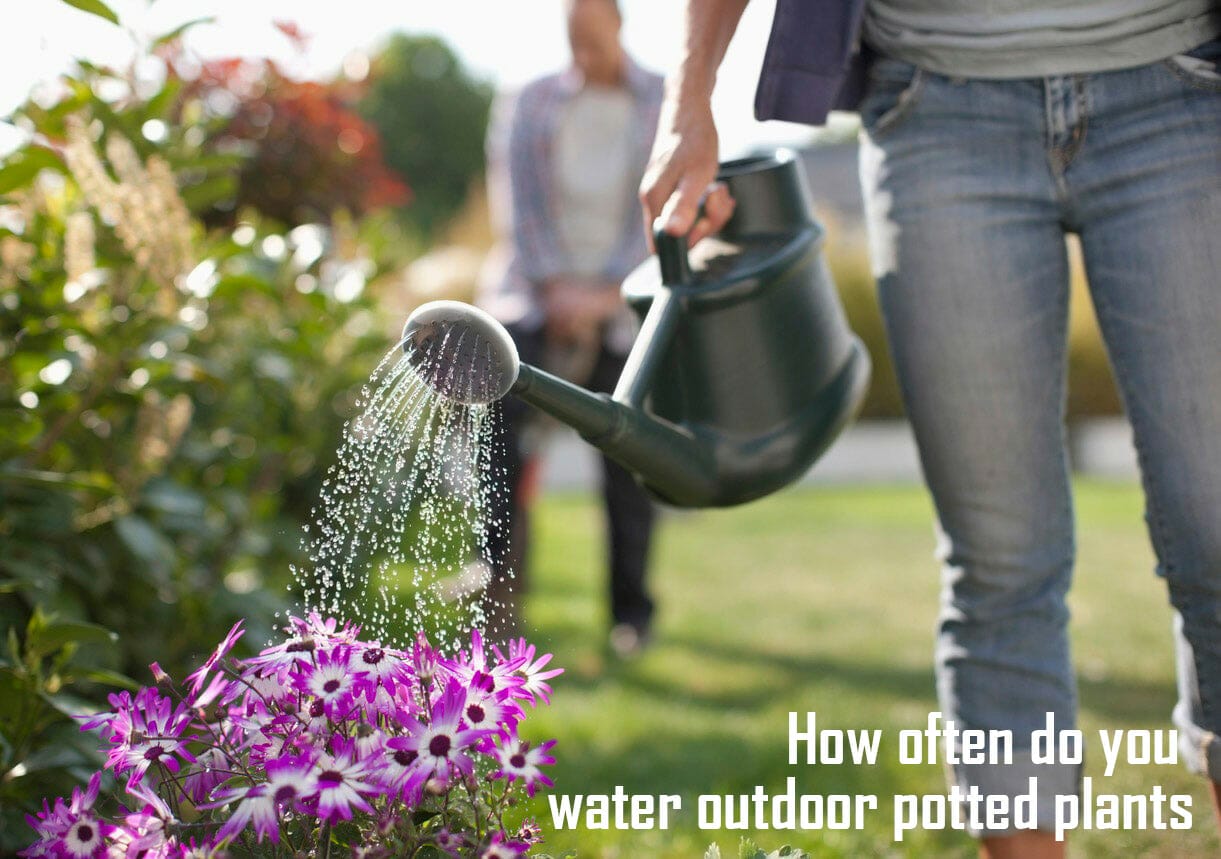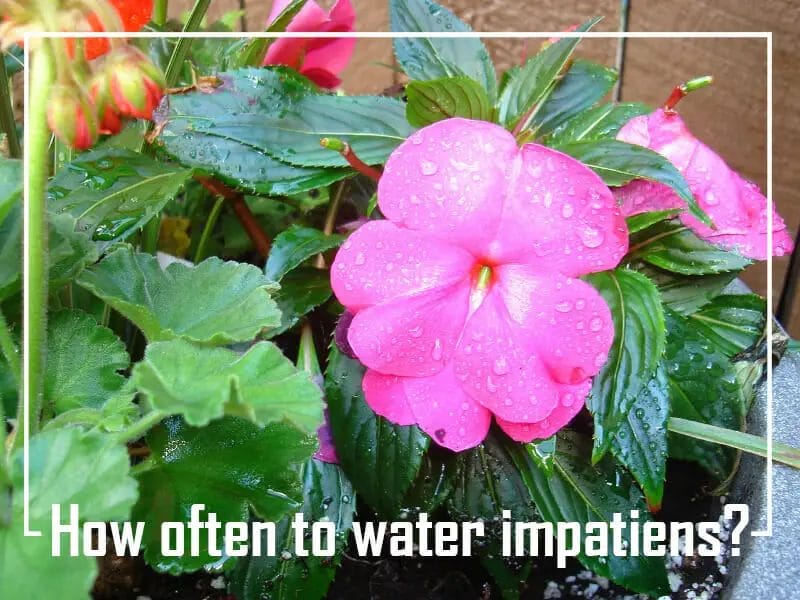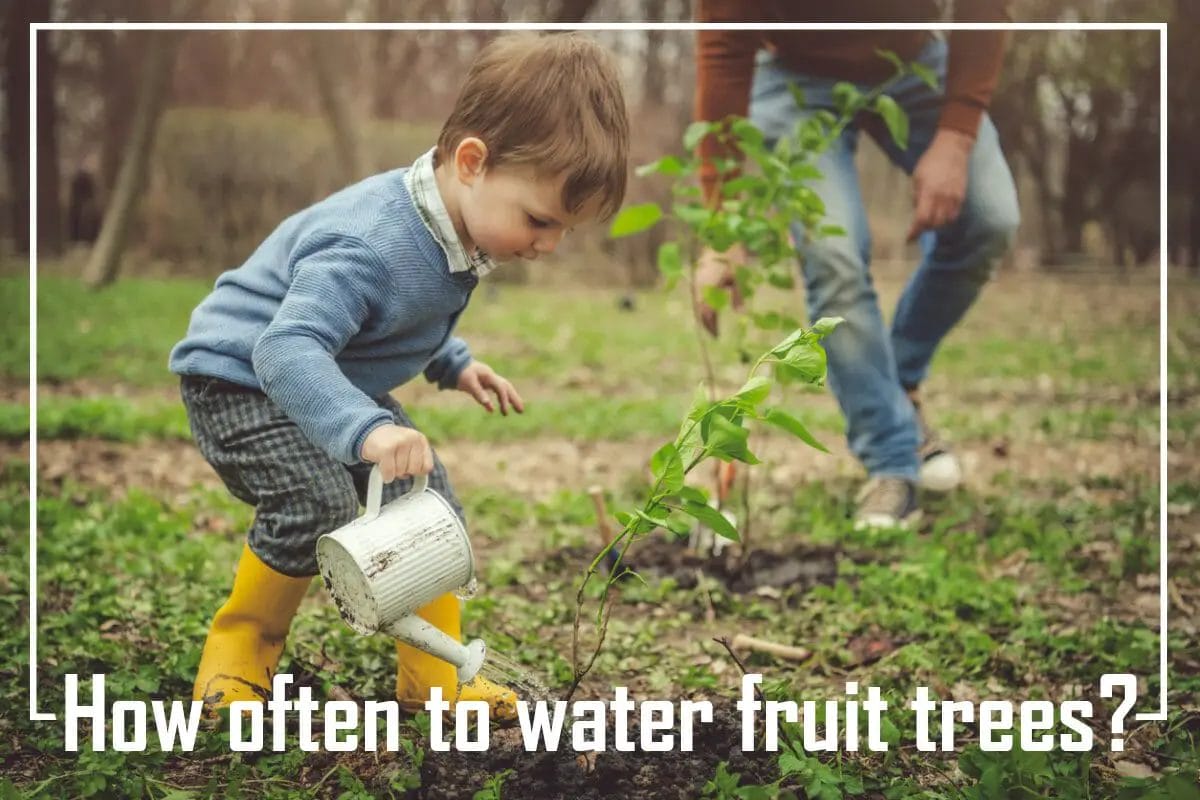Deer are fascinating creatures known for their grace and beauty. They are also quite resilient, able to survive in various environments, including harsh desert climates. But just how long can they go without water?
In this article, we’ll explore the mechanics behind a deer’s ability to survive without water, how long they can go, and the effects of dehydration on their bodies. So whether you’re a wildlife enthusiast or just curious, read on to learn more about one of nature’s most adaptable creatures.
What is the significance of water to a deer?
Water is essential to the survival and well-being of deer. These animals require water for hydration, digestion, and body cooling. A deer can lose up to 30% of its body weight in water within a day in hot and dry weather conditions. Furthermore, water sources can also provide essential mineral nutrients that deer need, such as calcium, phosphorus, and sodium.
Without access to adequate water sources, deer populations may suffer from dehydration, malnutrition, and disease, which can have serious ecological and economic impacts. Thus, understanding the significance of water to a deer is crucial for wildlife management and conservation efforts.
How Much Water Deer Need Daily
Deer are fascinating animals, and understanding their water needs is essential for survival. On average, adult deer need about one gallon of water per day. However, factors such as the season, climate, and type of food they eat can all affect their water requirements.
For example, during hot and dry weather, deer may need more water to stay hydrated and seek out water sources more frequently. In extreme cases, they can survive up to several weeks without water, but this can harm their overall health and survival.
As humans, we can help provide water sources for deer, such as installing watering holes or leaving out bowls of water. By understanding the factors that affect deer’s water needs, we can promote their health and well-being in the wild.
What’s the maximum time a deer can go without water?
Deer can survive for extended periods without access to water, but this is highly dependent on the environment and food availability. In areas with abundant vegetation and moist soil, deer can survive for up to a week without water as long as sufficient food is available. In more arid regions, however, deer may need access to a water source within just a few days due to the heat and lack of vegetation.
Additionally, during times of drought or extreme temperatures, deer may need access to water even sooner to prevent dehydration. Ultimately, the longer deer go without drinking water, the greater their risk of becoming dehydrated and suffering from starvation and other health problems.
Factors in Determining Survival Time
Several factors determine how long deer can survive without access to water. These include the local climate, the availability of food, and the age and health of the animal. In general, deer living in areas with higher temperatures or lower precipitation levels are more likely to need access to water sooner than those living in cooler climates or areas with greater rainfall.
Likewise, healthier animals are typically better able to withstand periods without drinking water than younger or sicker animals. Finally, deer with higher-quality food sources available may be able to go longer without needing a drink due to their increased caloric intake and energy production.
Food
Deer are herbivores and must consume large amounts of vegetation to survive. Their diet consists of various hard mast (e.g., acorns, beech nuts), soft mast (e.g., blackberry, blueberry), forbs, tender parts of woody plants, fungi, and crops. In the fall and winter, deer prioritize hard and soft mast, such as acorns, when available.
However, tender woody browse, forbs, and soft mast become their primary food sources during the spring and summer months. To keep their majestic selves in tip-top shape, adult deer need to munch on 6 to 8 pounds of leafy goodness per 100 pounds of body weight daily.
Surviving brutal winter conditions is no easy feat, and it turns out that the amount of body fat an animal stores during the summer and fall plays a crucial role in its reproductive rates and overall survival. So, chow down while the sun is still shining. It is, therefore, very important that deer have access to a wide variety of foods throughout the year to ensure their well-being.
Signs of Dehydration in Deer
Dehydration can be a severe problem for deer, especially during hot and dry weather. It is important to know how to spot the signs of dehydration in deer so that you can take action to help them. Physical signs of dehydration include sunken eyes, dry mouth and nose, and loose skin.
Behavioral signs may include lethargy, loss of appetite, and decreased activity. If you notice these signs, it is crucial to act quickly. Deer can survive without water for up to four days, but dehydration can lead to serious health problems and even death.
Providing water sources and shade can help prevent dehydration in deer and also benefit other wildlife in your area. By learning how to spot the signs of dehydration and taking action to prevent it, you can help ensure the health and survival of the deer in your community.
Frequently Asked Questions [FAQs]
1. Do Fawns Need Water?
2. Can Deer Survive In Areas With Limited Water Sources?
3. How Can I Tell If My Water Source For Deer Is Safe?
4. Can Deer Survive On Snow Instead Of Water?
5. How Much Water Do Deer Need Per Day?
Conclusion
While deer can survive for a considerable amount of time without water, it’s important to remember that water is still a critical component of their survival. Without it, their health and ability to function can be severely compromised, making them more susceptible to diseases and predators.
So if you’re a landowner or wildlife enthusiast, providing a consistent water source can support the local deer population. And if you encounter a dehydrated deer, remember to contact your local wildlife rehabilitation center for assistance. They have the expertise and resources to provide the necessary care and treatment to help them recover.
Sarah J. Gregory
352 Hershell Hollow Road
Anaheim, CA 92805


